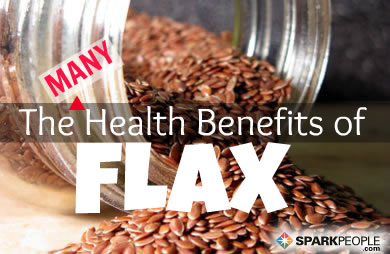|
Disney began focusing on providing healthier kids' meals at their Parks and Resorts beginning back in 2006. Now kids' meals routinely include low-fat milk and carrots unless parents opt out. Disney internal statistics reveal that parents will stick with these healthier side options six out of ten times instead of requesting substitutions. With more than 12 million kids' meals served annually in Disney Parks and Resorts in the U.S. alone, the changes are making a difference in how children are eating. In September of 2010, The Walt Disney Company launched Disney Magic of Healthy Living, a national multimedia initiative to help families raise healthy, happy kids. Last month the Walt Disney Company took another step forward in their brand commitment to healthy eating by introducing new food advertising standards. Under Disney's new standards, after 2015 all food and beverage products seeking advertisement, sponsorship, or promotion on any Disney-owned television channels (including Saturday morning programming on Disney owned ABC), radio stations, or Web sites will need to comply with the company's new nutrition criteria for programming targeting children under the age of 12.  By the end of 2012, consumers will also begin seeing the new Mickey Check symbol on Disney-licensed food products. Disney anticipates this tool will help consumers easily identify nutritious choices in stores, online and while visiting Walt Disney Parks and Resorts. Disney also updated their nutrition guidelines to reflect current federal standards and recommendations. The new criteria include not only specifics related to calories but also to reducing saturated fat, sodium, and sugar. Let's take a closer look at the details of the Disney Nutrition Guideline Criteria to see how they stack up nutritionally. The Disney nutrition guidelines align with the federal Dietary Guidelines for Americans and My Plate recommendations. Disney criteria are slightly more specific than what the food industry uses for everything from complete meals and main dishes to side dishes, breakfast meals, and snack items. The center of attention falls on nutrient rich options such as whole grains, low fat dairy, fruits, vegetables, and lean proteins. They also encourage beverages without added caffeine or other stimulants except what naturally occurs in cocoa as well as 100 percent juice and no added sugar or sweeteners in water based beverages. As Disney Chairman and CEO Robert A. Iger pointed out, kids have an emotional connection to Disney characters and stories that provide Disney with a "unique opportunity to inspire and encourage them to lead healthier lives." Igor also noted, "This is not altruistic. This is about smart business." Since it is about business and expanding the market as much as anything else it is important to note that with the ever-popular "tween" and teen market NOT the focus of the restricted food advertisement campaign, programming aimed at that demographic on Disney channels may not notice much of a change even after 2015. At the same time, the under-12 crew will "eat up" the Disney-licensed food products to give Disney a double win. Therefore, while we applaud Disney for supporting the First Lady and her national initiatives to help American families lead healthier lives, we also remind parents to be smart consumers for their families. Just because Mickey is on the package doesn't mean it is the best choice for your family. After all, we should be aiming to decrease processed foods in our diets and many of the healthiest options don't come in a package. To help you make the healthiest choices possible, here are some family friendly resources to help you build a balanced diet. A Parent's Guide to Nutrition for Kids: Blueprint for a Healthy Diet Healthy Habits to Make Family Mealtime More Pleasant The Benefits of Eating Together 9 Meal Makeovers that Will Please Parents and Kids Alike 20 Nifty, Nutritious Snacks for Picky Kids Healthy Lunches Kids Will Actually Eat Tips to Packing a Nutrient Rich Lunch That Saves Pennies Healthy Family Makeover Challenge What do you think about Disney's new initiative? Do you think other companies like Nickelodeon and Cartoon Network will feel pressured into following suit? How do you think consumers will respond to Disney-licensed food products? |
Popular EntriesMore From SparkPeople
|



.jpg)







.jpg)



